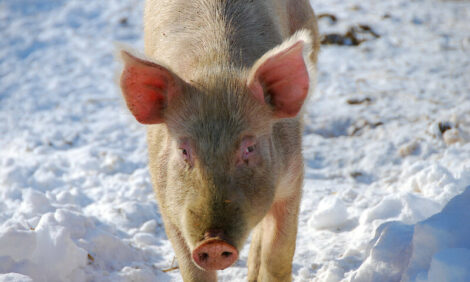



Diagnostics Use Increasing Globally to Solve Disease Challenges
ANALYSIS - While diagnostic capabilities differ around the world, Joe Connor, veterinarian with Carthage Veterinary Service in Carthage, Illinois, USA, sees an upturn in the use diagnostic tools globally to achieve more definitive answers to disease challenges.Dr. Connor and others in his practice do consulting in several areas of the world, including Asia, Mexico and South America and occasionally in Europe.
“As a practicing veterinarian, we recognize the importance of having good diagnostic tools that can differentiate between antigen and antibody, and then how we utilize that type of information with our production data to understand the different viruses, and in some case bacteria, that might be involved in the different disease processes,” he said. “There is a tremendous need for diagnostics in these other countries that have additional pathogens compared to what we have in the US.”
.jpg)
Often diagnostics are used in these countries to help, not only identify disease, but to also identify how to set up vaccination programs for sow and growing pig populations. As modernization occurs in many countries, they are mirroring the production systems in the US, so herd sizes are increasing in the sow herd and in the wean-to-finish and the nursery-finishing populations.
“There’s a little bit of difference because of their restrictions in separation or distances between the breed-to-wean and the post-wean pigs,” he said. “They, geographically, are often limited so they have separation but it might be quite a short distance separation, so distance transmission rates and disease expression are different compared to what we have here in the US. So we use diagnostics to help us understand all the differences and to design a program that we hope is more optimum for control of both respiratory and enteric diseases within pig populations.”
Use of high-quality diagnostics which offer more definitive answers is slowly getting transferred to laboratories in other countries.
“As a consultant that's quite important, because we want to have confidence in our diagnostics that we can give them the correct answer. It's still in the initial stages in many of these countries, but I can see it rapidly progressing over the next two to three years, where we'll be able to make much more confident diagnostic decisions for them,” Dr. Connor concluded.
For more information about swine diagnostics, click here or connect to the Thermo Fisher Scientific Swine Resource Center.









